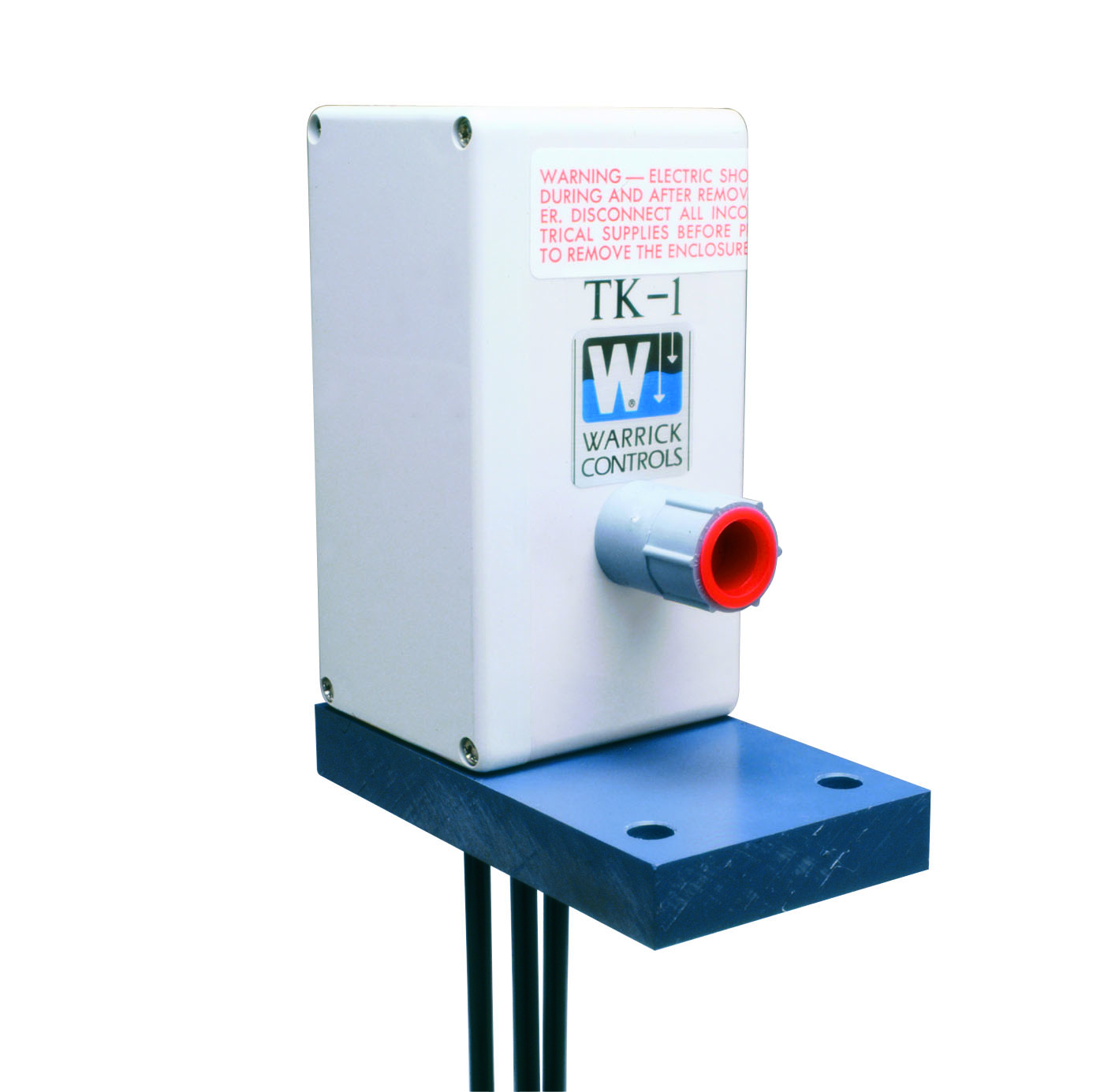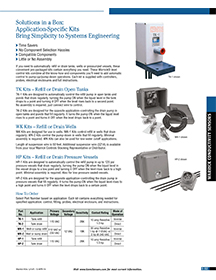WK-2 Kit
PRODUCT DESCRIPTION:
WK Kits are designed for use in wells. WK-1 Kits control refill in wells that drain regularly; WK-2 Kits control the pump-down in wells that fill regularly. Minimal assembly is required. WK Kits can also be used for low-water cutoff applications. Length of suspension wire is 50 feet. Additional suspension wire (3Z1A) is available from your local Warrick Controls Stocking Representative or Distributor. Gems pre-packaged kits for refilling/draining tanks come in several varieties and combine all the know-how and components you'll need to add automatic control to pump-up/pump-down operaions. Each kit is supplied with controllers, probes, electrical enclosures and full instructions.
- Time Savers
- No Component Selection Hassles
- Compatible Components
- Little or No Assembly
FEATURED DOWNLOADS:
Features
- Time Savers
- No Component Selection Hassles
- Compatible Components
- Little or No Assembly
- General Industry
- General Industry - Environmental
- General Industry - Other
- General Industry - Tanks
- HVAC/R - Cooling Towers
- HVAC/R - General HVAC
- HVAC/R - Other
- HVAC/R Equipment
- Waster Water Applications
- Water & Waste Water - Flood Level Monitoring
- Water & Waste Water - Groundwater Monitoring
- Water & Waste Water - Other
The sensitivity of the control should be greater than the resistance of the liquid.
 SEARCH OUR RESOURCE CENTER
SEARCH OUR RESOURCE CENTER





